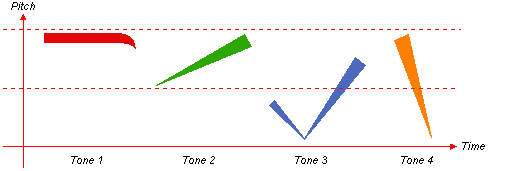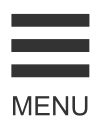中 医 学 Zhōng yī xué traditional Chinese medicine / TCM 五 官 wǔ guān five sense organs of TCM (nose, eyes, lips, tongue, ears 鼻目口舌耳) / facial features 经 脉 jīng mài channel of TCM 玉 女 yù nu:3 beautiful woman / fairy maiden attending the Daoist immortals / (polite) sb else's daughter / Chinese dodder (Cuscuta chinensis), plant whose seeds are used for TCM 防 风 fáng fēng to protect from wind / fangfeng (Saposhnikovia divaricata), its root used in TCM 五 脏 wǔ zàng five viscera of TCM, namely: heart 心[xin1], liver 肝[gan1], spleen 脾[pi2], lungs 肺[fei4] and kidneys 腎|肾[shen4] 气 化 qì huà to vaporize / evaporation / carburetion / 氣|气[qi4] transformation in TCM (i.e. transformation of yin yang vital breath) / unvoicing of voiced consonant 芍 药 sháo yào Chinese peony (Paeonia lactiflora) / common herbaceous peony / peony used in TCM 神 曲 shén qū medicated leaven (used in TCM to treat indigestion) 麦 冬 mài dōng dwarf lilyturf (Ophiopogon japonicus), whose tuber is used in TCM 白 芍 bái sháo root of herbaceous peony (Paeonia lactiflora), used in TCM 地 黄 dì huáng Chinese foxglove (Rehmannia glutinosa), its rhizome used in TCM 气 口 qì kǒu location on wrist over the radial artery where pulse is taken in TCM 消 渴 xiāo kě condition characterized by thirst, hunger, frequent urination and weight loss, identified in TCM with type 2 diabetes 苦 参 kǔ shēn liquorice (Sophora flavescens), with roots used in TCM 刺 五 加 cì wǔ jiā manyprickle (Acanthopanax senticosus), root used in TCM 罗 布 麻 luó bù má dogbane (Apocynum venetum), leaves used in TCM 蛤 蚧 gé jiè tokay gecko (Gekko gecko), used in TCM 锦 葵 jǐn kuí common mallow (Malva sinensis), used in TCM 白 蜡 树 bái là shù Chinese ash (Fraxinus chinensis), whose bark, flowers and leaves are used in TCM 芷 angelica (type of iris) / plant root used in TCM 狗 皮 膏 药 gǒu pí gāo yao dogskin plaster, used in TCM for treating contusions, rheumatism etc / quack medicine / sham goods 拔 罐 子 bá guàn zǐ cupping technique used in TCM 十 二 经 shí èr jīng twelve channels of TCM 十 二 经 脉 shí èr jīng mài twelve channels of TCM 寸 口 cùn kǒu location on wrist over the radial artery where pulse is taken in TCM 少 阳 病 shǎo yáng bìng name of disease in TCM 少 阳 经 shǎo yáng jīng one of the channels of TCM 正 邪 相 争 zhèng xié xiāng zhēng term in TCM describing the progress of disease as an opposition between vital energy 正氣|正气[zheng4 qi4] and pathogeny 邪氣|邪气[xie2 qi4] 溪 黄 草 xī huáng cǎo Rabdosia lophanthoides (no common name), herb plant of Lamiaceae family (together with mint and lavender), used in TCM 病 邪 bìng xié pathogeny (cause of disease) in TCM / as opposed to vital energy 正氣|正气[zheng4 qi4] 脉 口 mài kǒu location on wrist over the radial artery where pulse is taken in TCM 苏 合 香 sū hé xiāng snowdrop bush (Styrax officinalis) / gum storax, used in TCM 国 际 货 物 联 运 公 约 convention on the international combined transport of goods / TCM convention 联 运 公 约 convention on the international combined transport of goods / TCM convention 玉 札 yù zhá great burnet (Sanguisorba officinalis), a plant whose root is used in TCM / (old) (courteous) your letter 阿 仙 药 ā xiān yào gambier extract (from Uncaria gambir), used in TCM 地 鳖 dì biē Chinese ground beetle (Eupolyphaga sinensis), used in TCM 莱 菔 子 lái fú zǐ radish seed (used in TCM to treat indigestion) 阳 盛 yáng shèng excess of yang 陽|阳[yang2] in TCM 麦 门 冬 mài mén dōng dwarf lilyturf (Ophiopogon japonicus), whose tuber is used in TCM 少 阳 病 shào yáng bìng name of disease in TCM 拔 罐 子 bá guàn zi cupping technique used in TCM



























 zhǐ
zhǐ




























